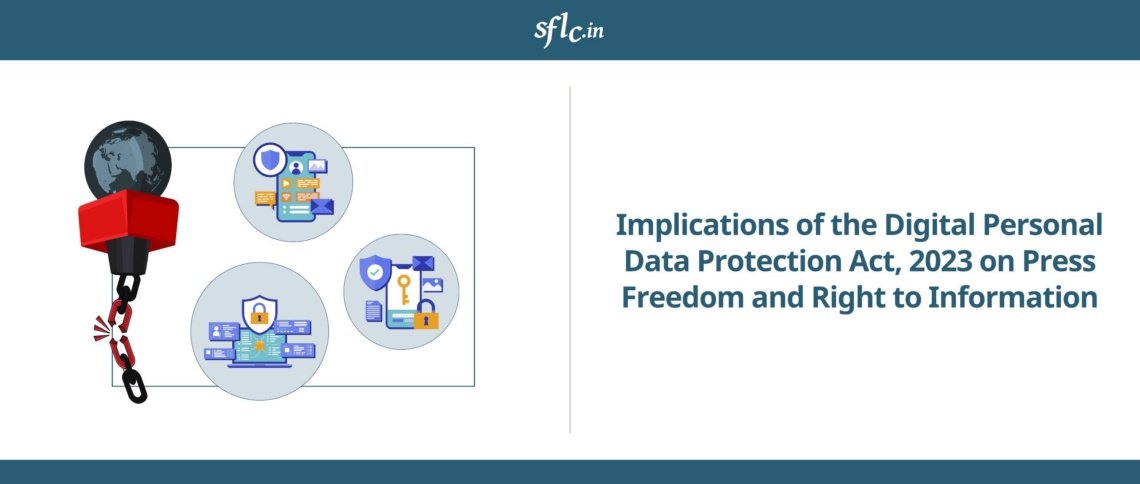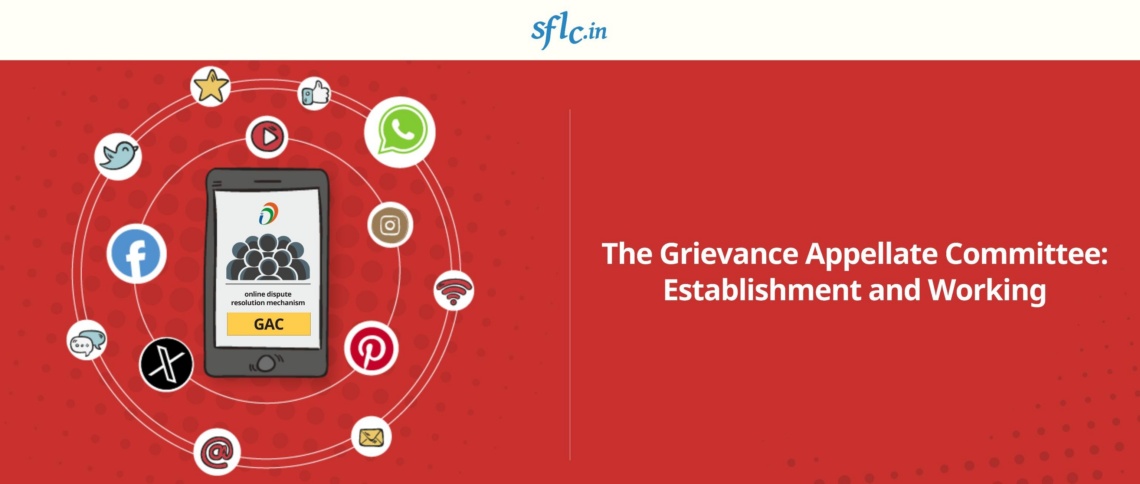The 13th Internet Governance Forum (“IGF”) was hosted by the Government of France at the headquarters of UNESCO in Paris from 12 to 14 November 2018. The overarching theme for the event was ‘Internet of Trust’.
The IGF is a global multi-stakeholder platform to exchange information and share good policies and practices relating to the Internet and related technologies. The IGF also gives stakeholders from all countries, including developing countries, the opportunity to engage in the debate on Internet governance and it contributes to capacity building, allowing these stakeholders to build knowledge and skills that will facilitate their participation in existing Internet governance institutions and arrangements.
This year, at IGF, SFLC.in was part of a panel organized by Mozilla on – ‘Has it become a luxury to disconnect?’ and also gave a lightning talk on ‘Internet Shutdowns in India’. SFLC.in was represented by Shashank Mohan on both sessions at the IGF.
We wish to bring you summaries of these sessions at the IGF, as two posts.
(For a summary of our panel discussion organized Mozilla on ‘Has it become a luxury to disconnect?’ at the IGF in Paris, please click here)
Summary of our lightning talk on Internet Shutdowns in India
Speaker: Shashank Mohan
Key highlights
-
We (SFLC.in) define Internet Shutdowns to be – government imposed suspension of access to the Internet, as a whole, within one or more localities for any duration of time.
-
Certain regions in India have been disproportionately affected by Internet Shutdowns, such as – Jammu and Kashmir, Rajasthan and West Bengal.
-
The current rules on Internet Shutdowns in India – Temporary Suspension of Telecom Services (Public Emergency or Public Safety) Rules, 2017, do not provide a formal mechanism of reporting shutdowns by the executive.
-
Internet Shutdowns have significant socio-economic costs for the country.
-
It is unclear whether Internet Shutdowns are effective in achieving the goals they are implemented for.
Summary
To illustrate the social effects of shutdown in India, Shashank started the talk by narrating the story of a school girl from Darjeeling (West Bengal), who was unable to apply for her higher education due to an Internet Shutdown of more than 100 days in her home town. He proceeded to then explain the definition of Internet Shutdowns (as adopted by SFLC.in) i.e. a government imposed disablement of access to the Internet, as a whole, within one or more localities for any duration of time. SFLC.in does not consider blocking of certain services or throttling of the network as an Internet Shutdown, he said.
He then moved on to informing the audience that India holds the number one position of all countries in the world to shutdown the Internet in the year of 2018. This year India has also seen the maximum shutdowns (125 at the time of giving the talk) since 2012, when one of the very first instances of an Internet Shutdown was reported in the country, he told the audience. Shutdowns are not uniformly imposed in all regions of India and they are not deployed for the entire country. They have been concentrated in few regions of the country like – Jammu and Kashmir, Rajasthan and West Bengal, with the most shutdowns being reported from the Jammu and Kashmir region.
For the legal backing of Internet Shutdowns in India, he informed the audience that before last year i.e. 2017, governments across India had been using an archaic law, which was generally used in situations of public unrest to impose Internet Shutdowns (Section 144 of the Code of Criminal Procedure, 1973). In 2017, the central government introduced rules under a British era law called the Telegraph Act, 1885 to formalise the procedure for imposing Internet Shutdowns in India. The rules called the – Temporary Suspension of Telecom Services (Public Emergency or Public Safety) Rules, 2017, introduced mechanisms of imposing a shutdown; reasons to be given for imposing a shutdown; and the formation of a review committee for ensuring that shutdowns are imposed by the due process of law. Crucially, these rules do not establish a formal mechanism of reporting the instances of shutdowns being imposed.
Moving on to the economic effects of Internet Shutdowns, Shashank told the audience that as per a study conducted by the Indian Council for Research on International Economic Relations (ICRIER), the internet shutdowns imposed between 2012 and 2017 costed the Indian economy a sum of nearly $3.04 billion. Similarly, according to a study conducted by the Center for Technology Innovation at Brookings, between July 1, 2015 and June 30, 2016, economic losses to India due to Internet Shutdowns are – $968 million.
Moving on to the work SFLC.in has been doing in India around Internet Shutdowns, Shashank told the audience that SFLC.in had been actively and comprehensively tracking shutdowns in India from the year 2012. SFLC.in maintains a real-time dynamic tracker at <https://internetshutdowns.in/> and has recently published a detailed report on Internet Shutdowns in India capturing the extent, socio-economic effects and the legal backing of shutdowns in India. SFLC.in has also filed ‘Right to Information’ applications with state governments under the Right to Information Act, 2005, to inquire about the extent of shutdowns in every state. Recently, SFLC.in has updated its tracker to retrospectively update un-reported shutdowns based on replies received to right to information applications from the state of Rajasthan.
To conclude, Shashank stated that barring the concerns of public safety and national security, India has started seeing instances of Internet Shutdowns for – avoiding cheating in exams and during public festivals. He also said that it is unclear whether Internet Shutdowns are effective in achieving the goals they are implemented for.
For related posts on Internet Shutdowns, you may click here and here.




